Don't wanna be here? Send us removal request.
Photo
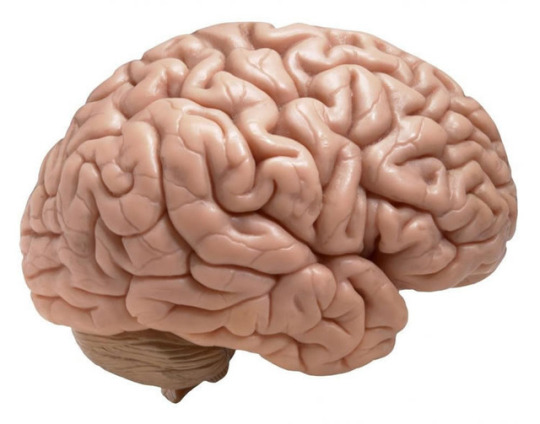
Brain Inflammation Linked to Suicidal Thinking in Depression
In the study, Dr. Peter Talbot and colleagues found that the increase in the inflammatory marker was present specifically in patients with MDD who were experiencing suicidal thoughts, pinning the role of inflammation to suicidality rather than a diagnosis of MDD itself.
The research is in Biological Psychiatry. (full access paywall)
37 notes
·
View notes
Photo
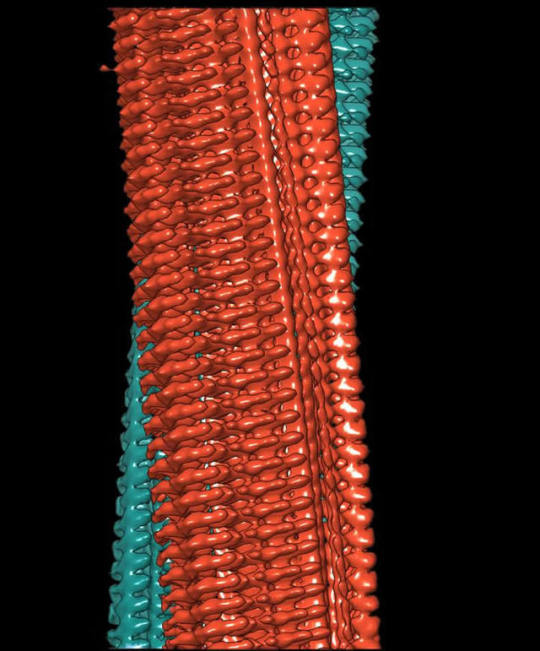
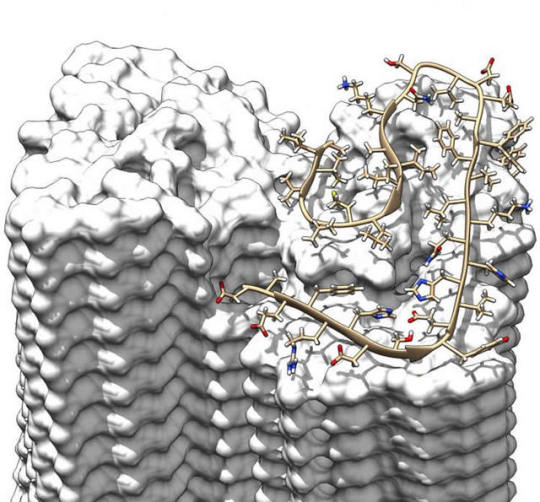
Sharpest Image of Alzheimer’s Fibrils Shows Previously Unknown Details
A team of researchers from Germany and the Netherlands have determined the structure of an amyloid fibril with previously unachieved resolution. The fibrils of the body’s own amyloid beta (Aβ) protein are the main constituent of Alzheimer’s disease related and characteristic pathological protein deposits in the brain. The atomic-level three-dimensional structure elucidated by scientists from Forschungszentrum Jülich, Heinrich Heine University Düsseldorf, the Centre for Structural Systems Biology in Hamburg, and Maastricht University displays previously unknown structural details which can answer many questions on the growth of harmful deposits and also explain the effect of genetic risk factors.
The research is in Science. (full access paywall)
75 notes
·
View notes
Photo
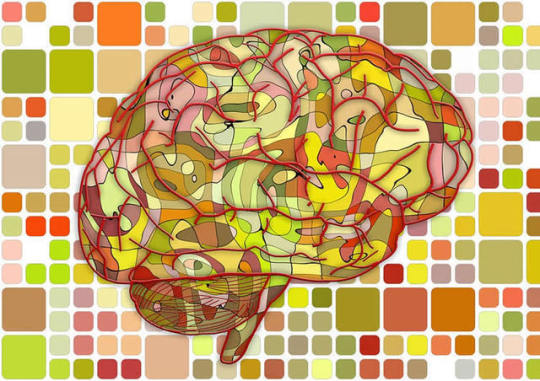
Brain Area Responsible for ‘Hearing Voices’ in Schizophrenia Discovered
For the first time, scientists have precisely identified and targeted an area of the brain which is involved in “hearing voices”, experienced by many patients with schizophrenia. They have been able to show in a controlled trial that targeting this area with magnetic pulses can improve the condition in some patients.
111 notes
·
View notes
Photo


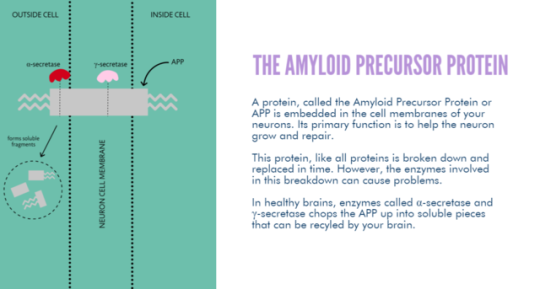

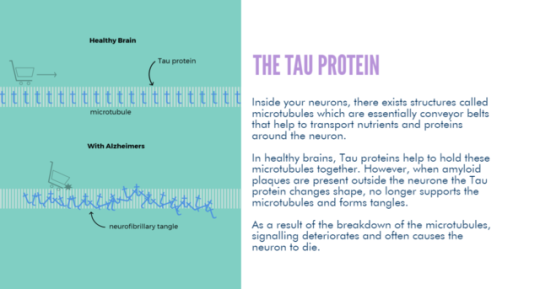
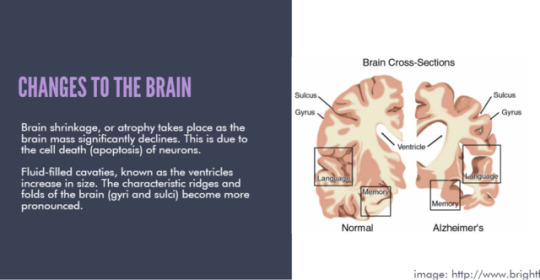
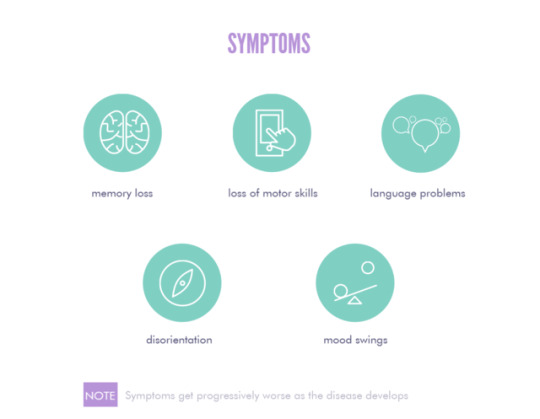


Alzheimer’s Disease
More infographics on the human brain and behaviour @tobeagenius
3K notes
·
View notes
Photo
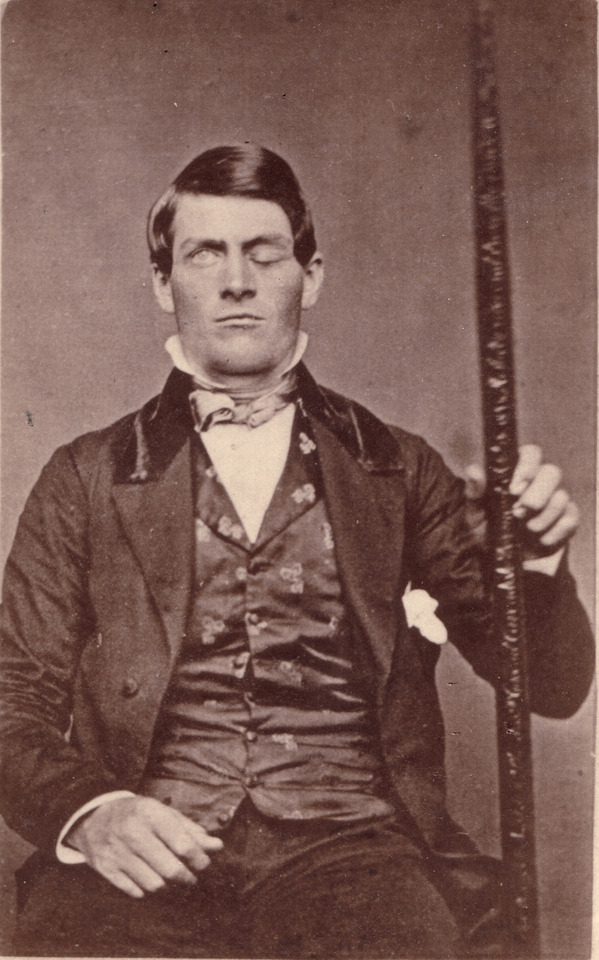
It took an explosion and 13 pounds of iron to usher in the modern era of neuroscience.
In 1848, a 25-year-old railroad worker named Phineas Gage was blowing up rocks to clear the way for a new rail line in Cavendish, Vt. He would drill a hole, place an explosive charge, then pack in sand using a 13-pound metal bar known as a tamping iron.
But in this instance, the metal bar created a spark that touched off the charge. That, in turn, “drove this tamping iron up and out of the hole, through his left cheek, behind his eye socket, and out of the top of his head,” says Jack Van Horn, an associate professor of neurology at the Keck School of Medicine at the University of Southern California.
Gage didn’t die. But the tamping iron destroyed much of his brain’s left frontal lobe, and Gage’s once even-tempered personality changed dramatically.
“He is fitful, irreverent, indulging at times in the grossest profanity, which was not previously his custom,” wrote John Martyn Harlow, the physician who treated Gage after the accident.
This sudden personality transformation is why Gage shows up in so many medical textbooks, says Malcolm Macmillan, an honorary professor at the Melbourne School of Psychological Sciences and the author of An Odd Kind of Fame: Stories of Phineas Gage.
“He was the first case where you could say fairly definitely that injury to the brain produced some kind of change in personality,” Macmillan says.
Why Brain Scientists Are Still Obsessed With The Curious Case Of Phineas Gage
Photo via Wikimedia Commons
3K notes
·
View notes
Link
0 notes
Photo
@hilda2017







BAPNE México UNAM / FCA / Grupo 1354 Comportamiento en las Organizaciones
6 notes
·
View notes
Photo







BAPNE México UNAM / FCA / Grupo 1354 Comportamiento en las Organizaciones
6 notes
·
View notes
Link
0 notes






























